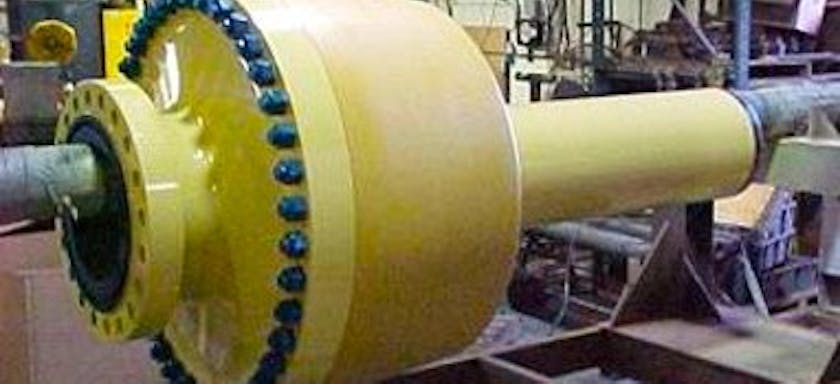Effect of Flexible Joint Modelling Method on Deep Water Catenary Riser Hang-Off Fatigue Response
EVENT: OMAE
1 Jun 2019
The Flexible joint is one of the most widely used hang-off systems for deep water catenary riser for its large rotation and load bearing capacity. The fatigue performance of riser hang-off region and fatigue load on the flexible joint highly depend on the rotational stiffness of the flexible joint. Thus, modelling the flexible joint stiffness to accurately simulate the behavior under cyclic bending cycles is critical in global riser fatigue analysis.
The load-displacement relationship of a flexible joint typically follows a nonlinear curve, and it shows hysteresis behavior when subject to cyclic bending cycles. However, in current industry practice, the flexible joint stiffness is modelled either as a nonlinear curve or simplified as a fixed value. These simplified methods sometimes can lead to unconservative or over conservative results in riser design. Modelling the flexible joint stiffness in an accurate approach becomes more important especially when the riser fatigue is critical at the hang-off region.
In addition, the design of flexible joint will also be impacted by the fatigue load extracted from global fatigue analysis, which is also largely affected by the flexible joint stiffness modelling method. Thus, modelling a flexible joint by accounting for the nonlinear hysteretic stiffness is recommended.
This paper compares the different modelling methodologies of the flexible joint for catenary riser hang-off and presents the impact on fatigue performance considering hysteretic behavior. This study considers the effects of wave amplitude and hosting vessel offset. A case study is also presented on the application of all the modelling methods on fatigue performance of an SCR in the Gulf of Mexico. The fatigue behavior is compared for the different modelling methods considering long term wave motion and platform offsets. The impact on the results from different types of hosting platform is also discussed.
Authors
Guanyu Hu
Principal Engineer
Guanyu Hu
Principal Engineer
Insights
Fengjie Yin
Technical Advisor - Fracture Mechanics


